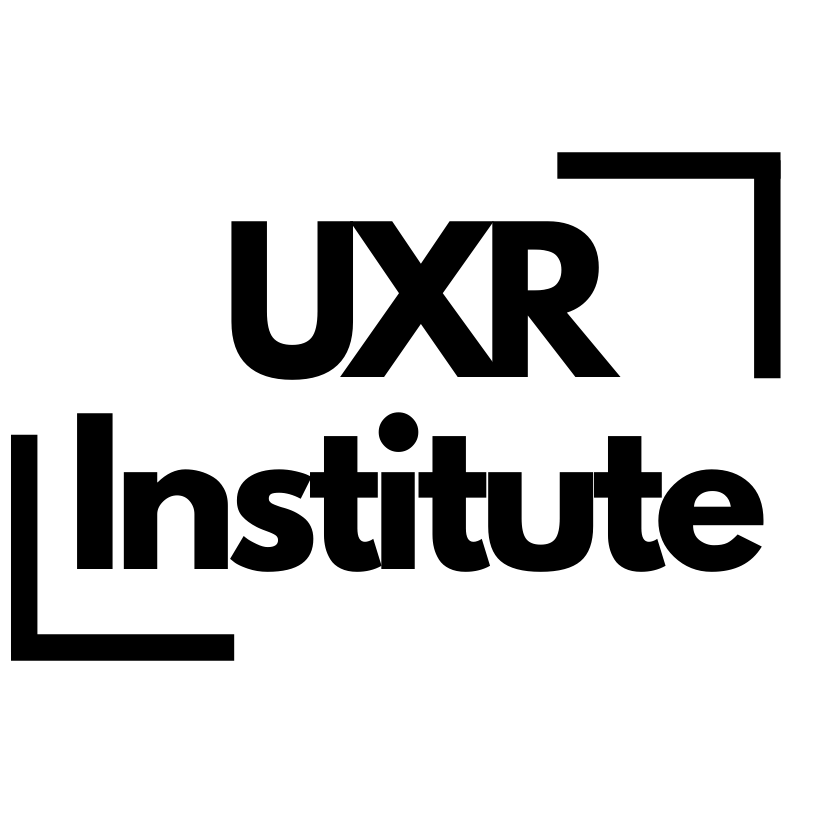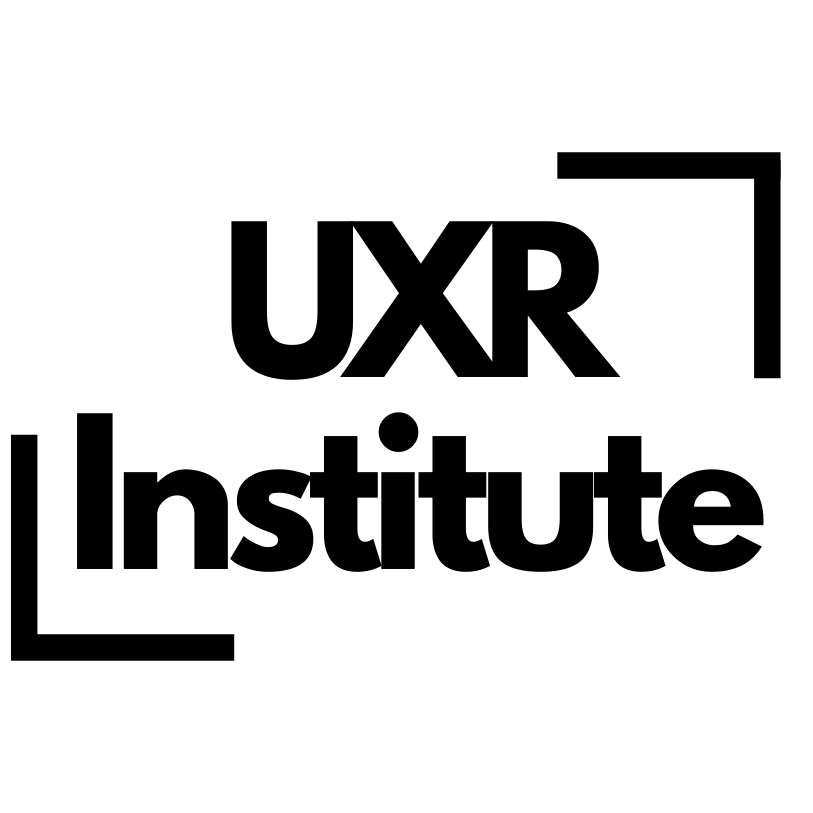Progression in UX research rarely follows a straight line.
By the time UX researchers reach the mid-level, many have developed confidence in methods such as interviews and usability testing. They know how to moderate sessions, synthesize findings, and tell compelling stories about user needs. These are not trivial skills; they form the foundation of the field and remain essential at every stage of a career.
Yet advancement can still feel elusive. Promotion decisions often hinge on more than methodological competence. Stakeholders may appreciate narrative-driven insights, but when it comes to decisions about budgets, priorities, or product roadmaps, they frequently ask questions that require quantification:
- How many users are affected?
- What is the measurable impact on engagement or revenue?
- Which option performs better at scale?
Qualitative methods illuminate the why of user behavior, but without complementary quantitative evidence, those insights can be overshadowed by metrics supplied by analysts or data teams.
For many researchers, this creates a plateau: they are respected for their craft but not always included in the higher-level strategy conversations where influence and advancement are decided.
Organizational decision-making, particularly in product development, tends to be metrics-driven. Budgets, priorities, and risk assessments rely on numerical evidence. Qualitative insights provide depth and context, but without quantification, they can be dismissed as anecdotal.
Yet as
Nielsen Norman Group points out, UX researchers are intimidated by the sampling and statistics that are essential for quantitative research.
For researchers aspiring to senior or lead roles, this poses a challenge. To shape strategy rather than simply document it, UXRs need to demonstrate proficiency in quantitative approaches that complement their qualitative expertise.
Quantitative methods are not abstract academic tools; they play a practical role across stages of product development.
Discovery: Clarifying Priorities
In early discovery phases, product teams grapple with competing ideas. Kano surveys help distinguish between must-have features, delighters, and those of little importance. This allows teams to align roadmaps with genuine user value rather than internal assumptions.
Validation: Informing Design Choices
When comparing design alternatives, discussions often rely on subjective preference. Techniques such as t-tests and ANOVA provide statistical grounding, making it possible to demonstrate whether observed differences are meaningful or likely due to chance.
Post-Launch: Identifying Underlying Drivers
After release, researchers are often tasked with evaluating user satisfaction or adoption. Factor analysis can reduce large sets of survey items into a smaller number of dimensions—such as trust, ease, or enjoyment—that explain overall patterns. This allows teams to focus on the variables that matter most.
Across the Cycle: Establishing Credibility
Underlying all of these methods are fundamentals of statistics—confidence intervals, significance, and sampling. Without them, findings risk being unreliable or misinterpreted. With them, researchers gain credibility in cross-functional conversations.
At the mid-level, many researchers act as skilled executors—running usability tests, synthesizing interviews, and delivering reports. Advancement, however, often requires a shift toward advisory roles. Senior researchers are expected to shape product strategy, mediate between competing perspectives, and anticipate organizational needs.
Quantitative competence facilitates this shift. By combining qualitative insight with quantitative validation, researchers move from being storytellers to being strategic advisors.
Qualitative UX researchers face an uphill battle when it comes to quant. They'll need to learn the key statistical concepts. When these are taught in college courses, there's usually a small-group recitation where students can work through problems with an expert.
Then comes an even bigger set of challenges:
-
Deciding which method is appropriate for a given product question.
-
Selecting tools (Excel, R, Python, etc.) to run analyses effectively.
-
Interpreting statistical outputs in ways that are accurate but accessible to non-specialist stakeholders.
Developing real fluency in quantitative research requires both understanding the theory and applying it in realistic scenarios. This is very, very difficult to do using videos or other self-study materials.
Mid-level UX researchers who wish to progress into senior or leadership roles cannot rely solely on qualitative expertise. While qualitative methods remain essential for uncovering the why of user behavior, quantitative approaches provide the how much and how strongly—the dimensions that organizations use to set priorities and allocate resources.
By building fluency in core methods such as Kano surveys, t-tests, ANOVA, and factor analysis, and by understanding how these fit within the product development cycle, researchers strengthen both their credibility and their influence.
Our upcoming
Quantitative UX Research Course in Statistical Methods for Product Development gives you everything you need to build quantitative UX research expertise, especially if your main experience to date has been in qualitative user research.
The course is taught by
Cheryl Abellanoza, PhD, an Associate Director of UX research at Verizon Connect. Cheryl has designed the course to show how and when to apply each statistical method in the product lifecycle, so UX researchers can use the skills they learn on the job right away.


